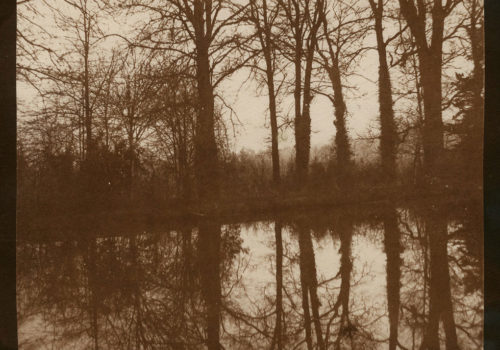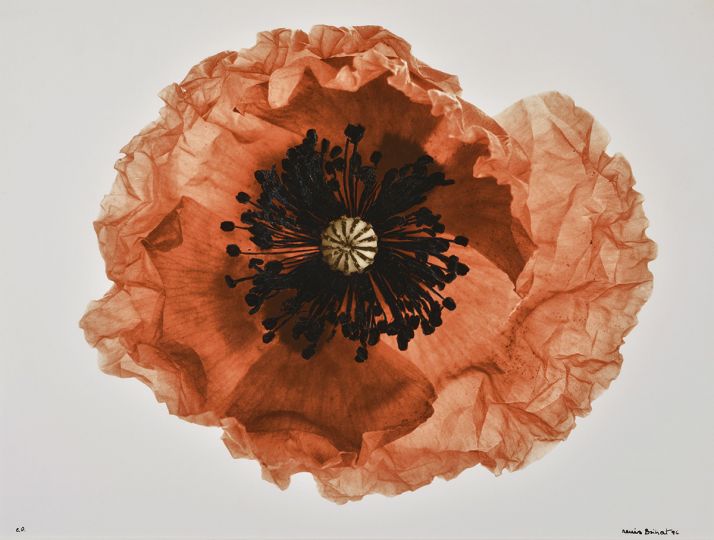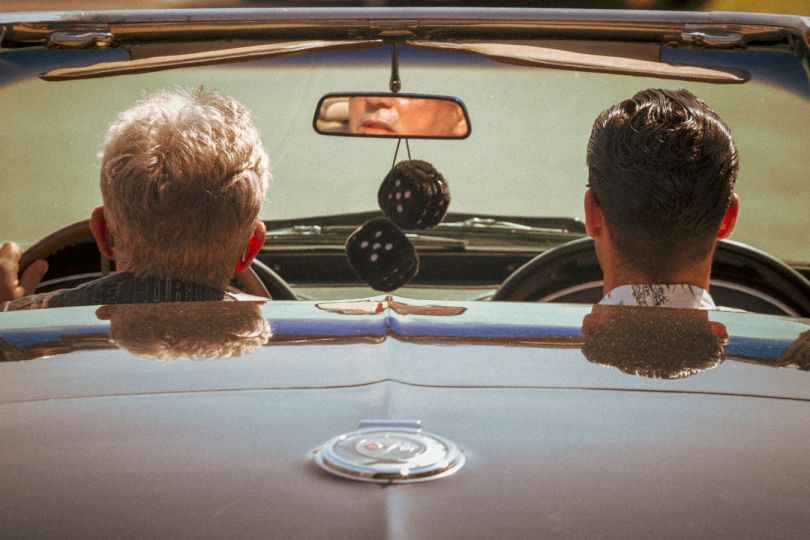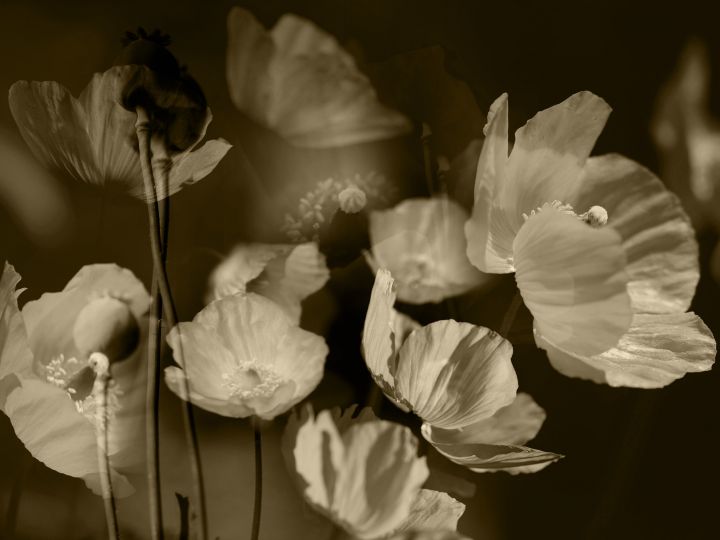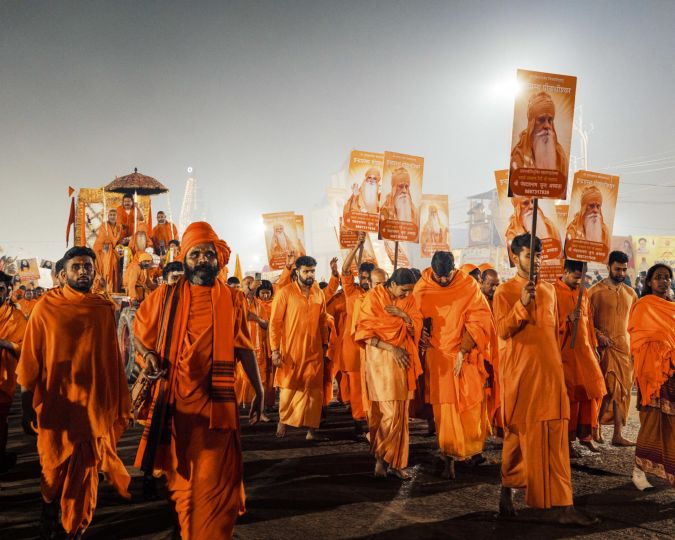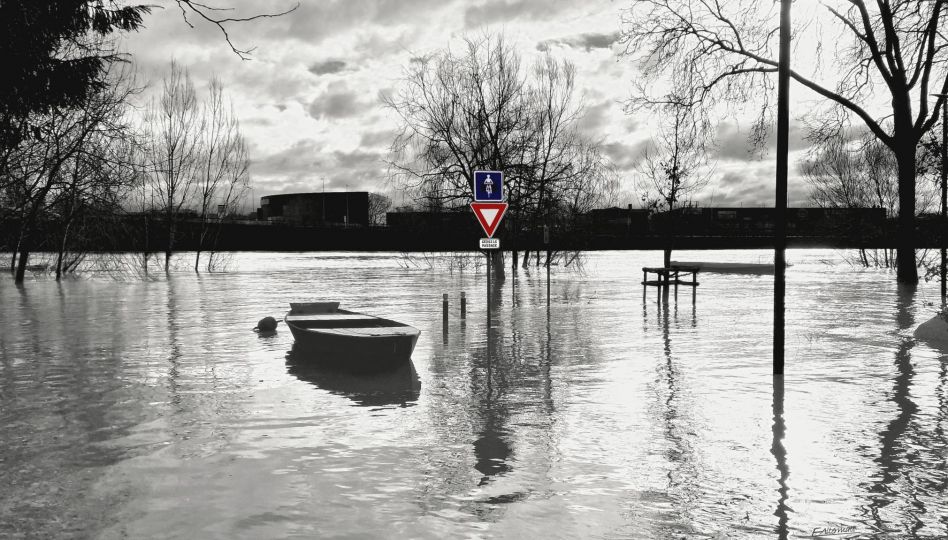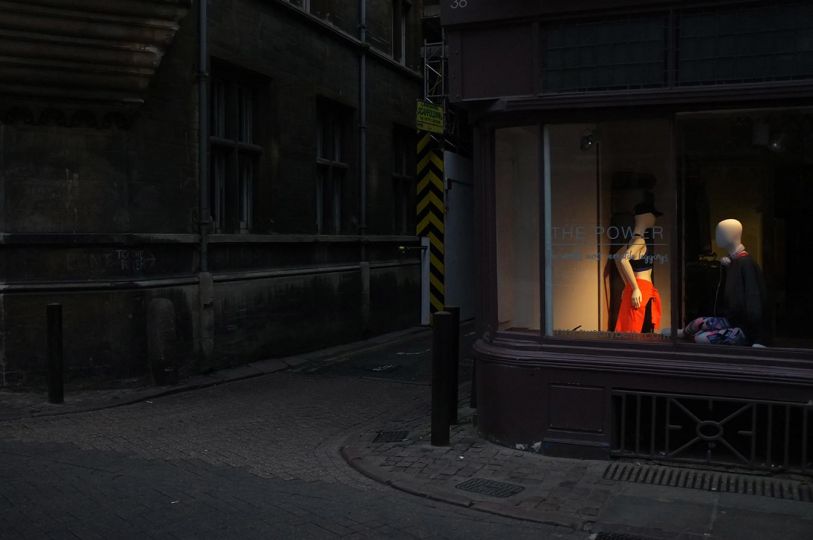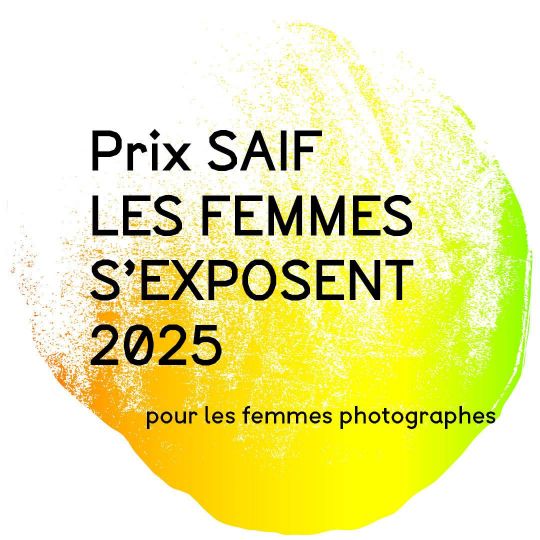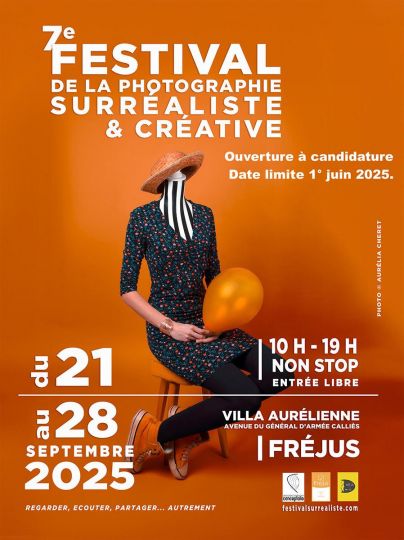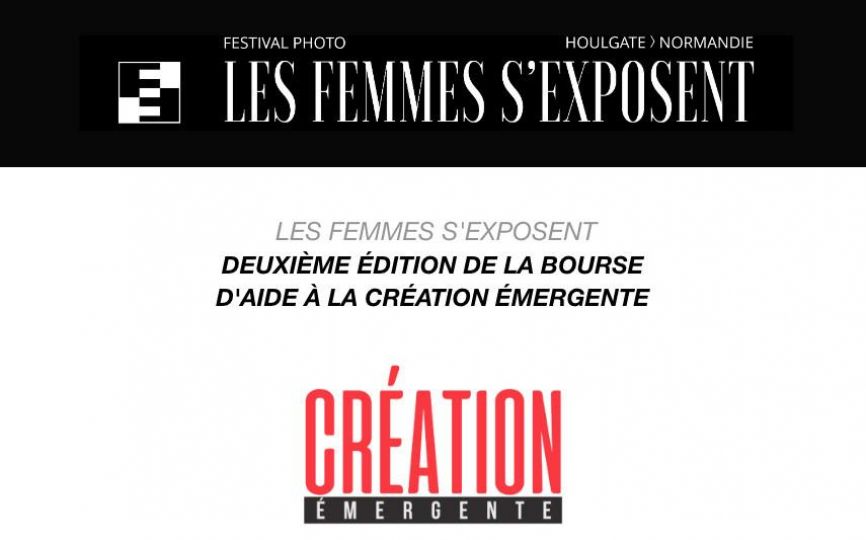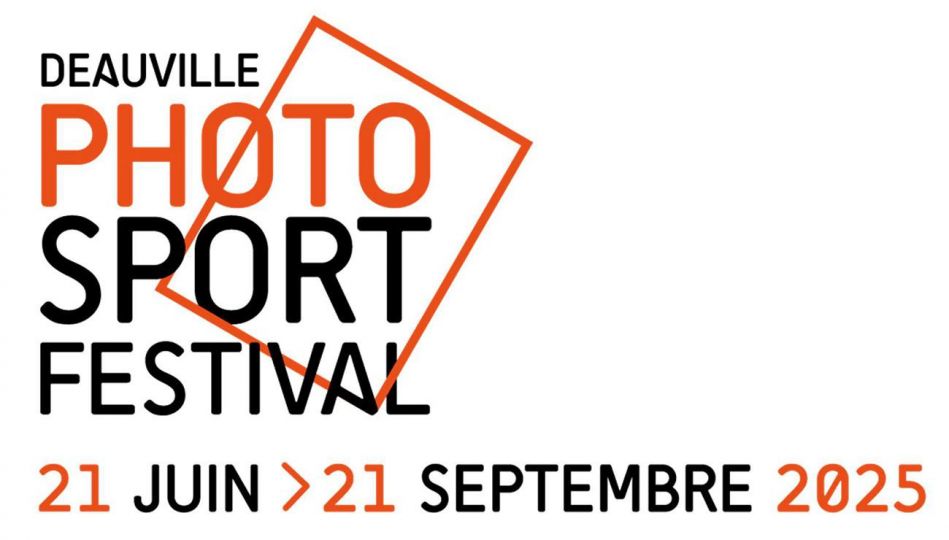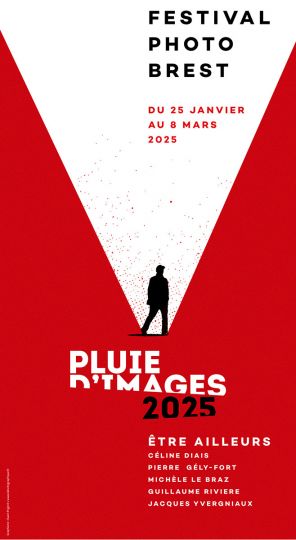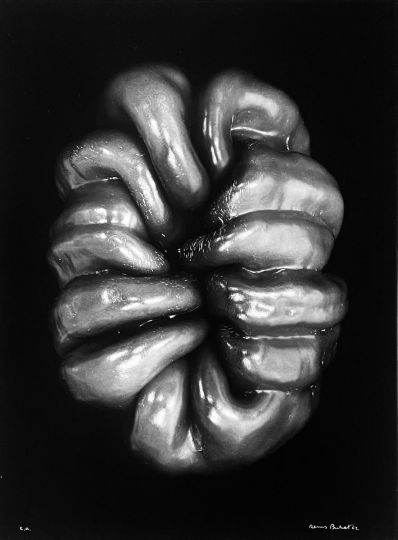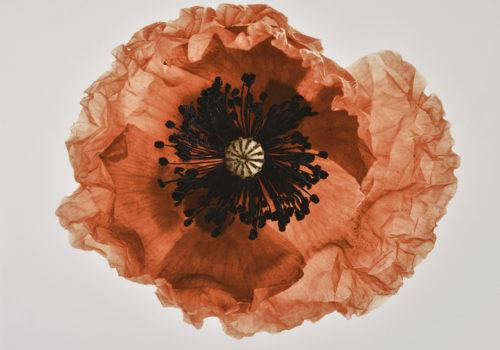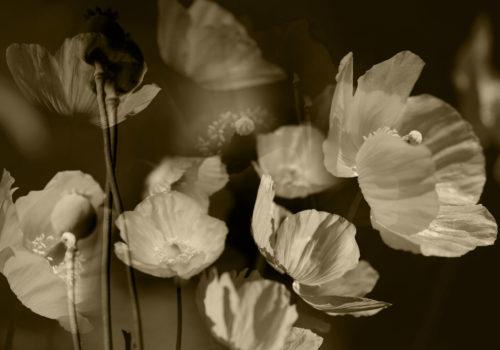Since 1980, Charles Isaacs Photographs has specialized in vintage prints of the 19th and 20th centuries. They also represent Jem Southam and William Larson. Today, the team selected for us three works from the Charles Isaacs Photographs’s booth at the AIPAD Photography Show 2015 : William Henry Fox Talbot, Captain Linnaeus Tripe and Margaret De Patta.
1. William Henry Fox Talbot
Trees and Reflections, Lacock Abbey. Salt print from paper negative, 6-5/16 x 7-7/16 in. (162 x 190 mm), c. 1843, unmounted, untrimmed
William Henry Fox Talbot (1800 – 1877), along with Daguerre, pioneered the invention of photography. However, Talbot’s process, in which a negative was made and could be used to produce multiple positive prints, is the one from which modern processes descend. In this perfectly preserved early landscape, Talbot demonstrates his own artistic eye and his understanding of the specific qualities of the photograph: perspective is flattened; light plays on surfaces, including water, to define, model, and, even, reduce them; and unconventional compositions and effects arise from the technical constraints of early chemistry that could not record stopped action or the subtleties of the sky.
2. Captain Linnaeus Tripe
No. 74. Amerapoora. Gautama’s Shrine. Lightly albumenized salt print from waxed paper negative, signed in ink, 13-5/16 x 10 in. (339 x 255 mm), 1855, on original mount with printed title.
Captain Linnaeus Tripe (1822 – 1902) served in the British East India Company and photographed India and Burma in the 1850s. While his methodical recording of architectural sites and landscapes introduced elements of Indian and Burmese culture and religion to the West, his artistry and the ethereal quality of his prints transcend mere documentation. Of this Burmese shrine with figures of the Buddha receiving homage from a white elephant and a nat, Tripe wrote, “This is at the Sontoung-pyee-tiyne Pagoda. The white elephant and a Nat are making offerings to Gautama. The Nats, in Burman belief, are an order of being superior to man, some being beneficent, others mischievous.”
3. Margaret De Patta
Untitled Photogram. Vintage silver print, 10 x 8 in. (254 x 203 mm), 1939, on original signed and dated mount.
Margaret De Patta (1903 -1964) is best known as a ground-breaking jeweler who applied Bauhaus and Modernist aesthetics to her work. She studied with Moholy-Nagy during a year of study at the New Bauhaus (Institute of Design) in Chicago. This image was created soon after meeting Moholy-Nagy. Her experience translating her photograms and light-modulator studies into jewelry design informed her practice afterwards. Her work was the subject of the exhibition “Space-Light-Structure: The Jewelry of Margaret DePatta” at the Oakland Museum and the Museum of Art and Design, New York.
INFORMATIONS
AIPAD 2015
16 – 19 April, 2015
The Park Avenue Armory
643 Park Avenue
New York, NY 10065
USA
http://www.aipad.com
Charles Isaacs Photographs, Inc
25 W. 54th Street #5C
New York 10019
United States
http://www.charlesisaacs.com/

